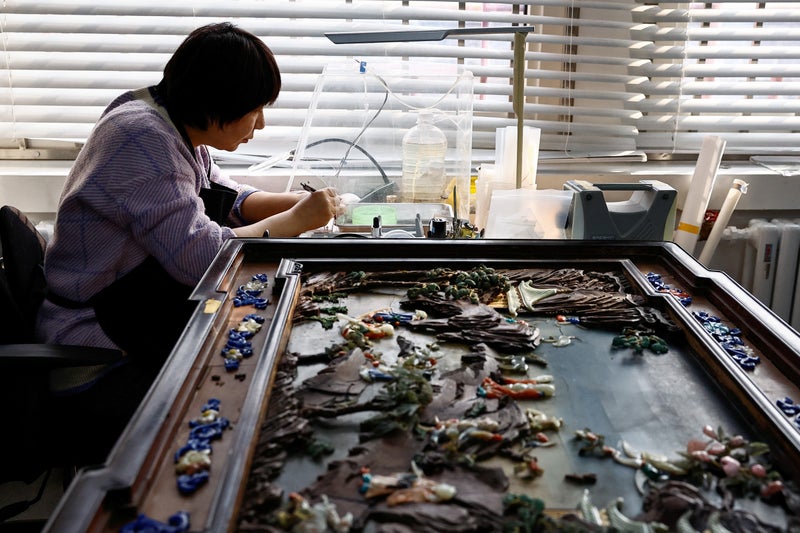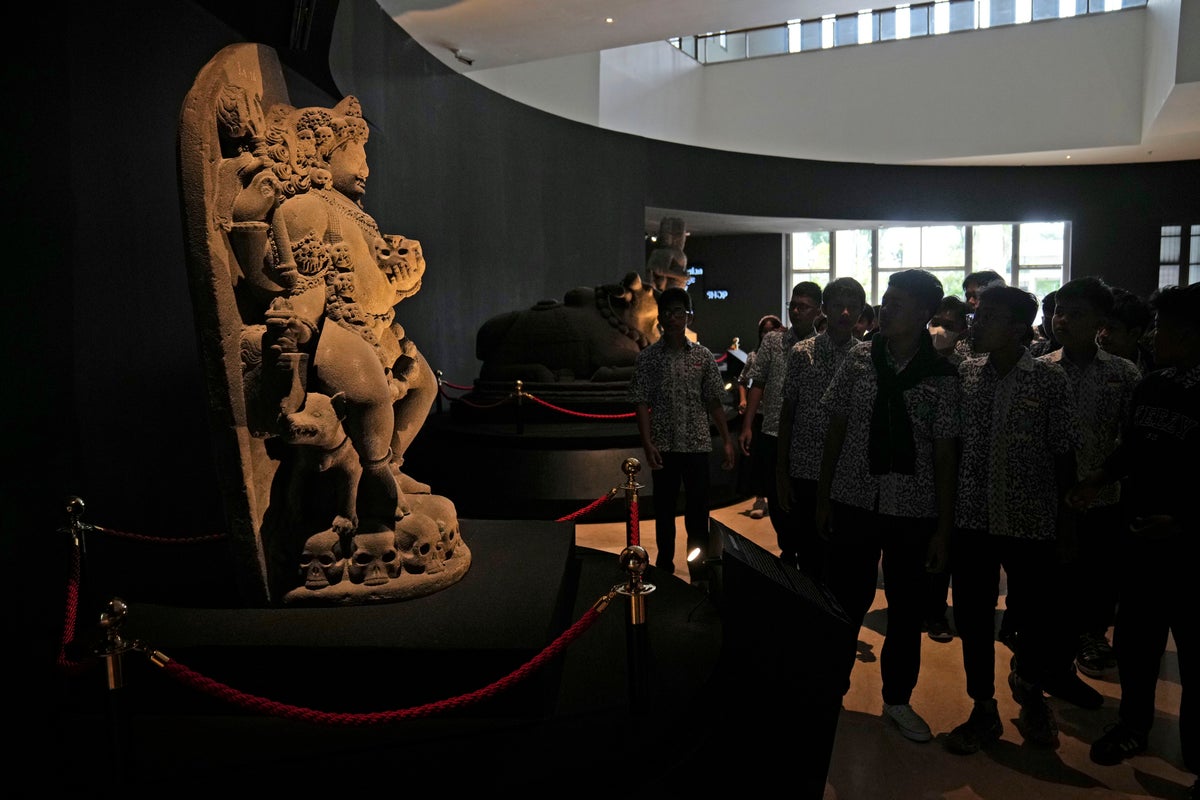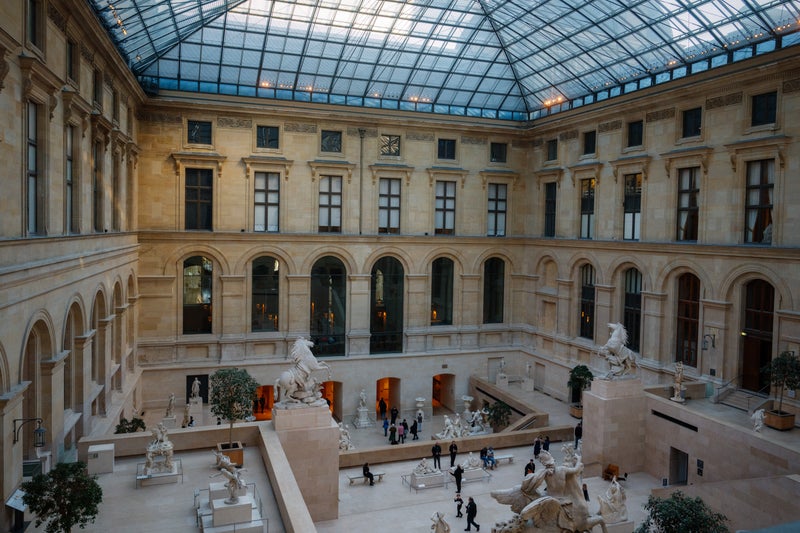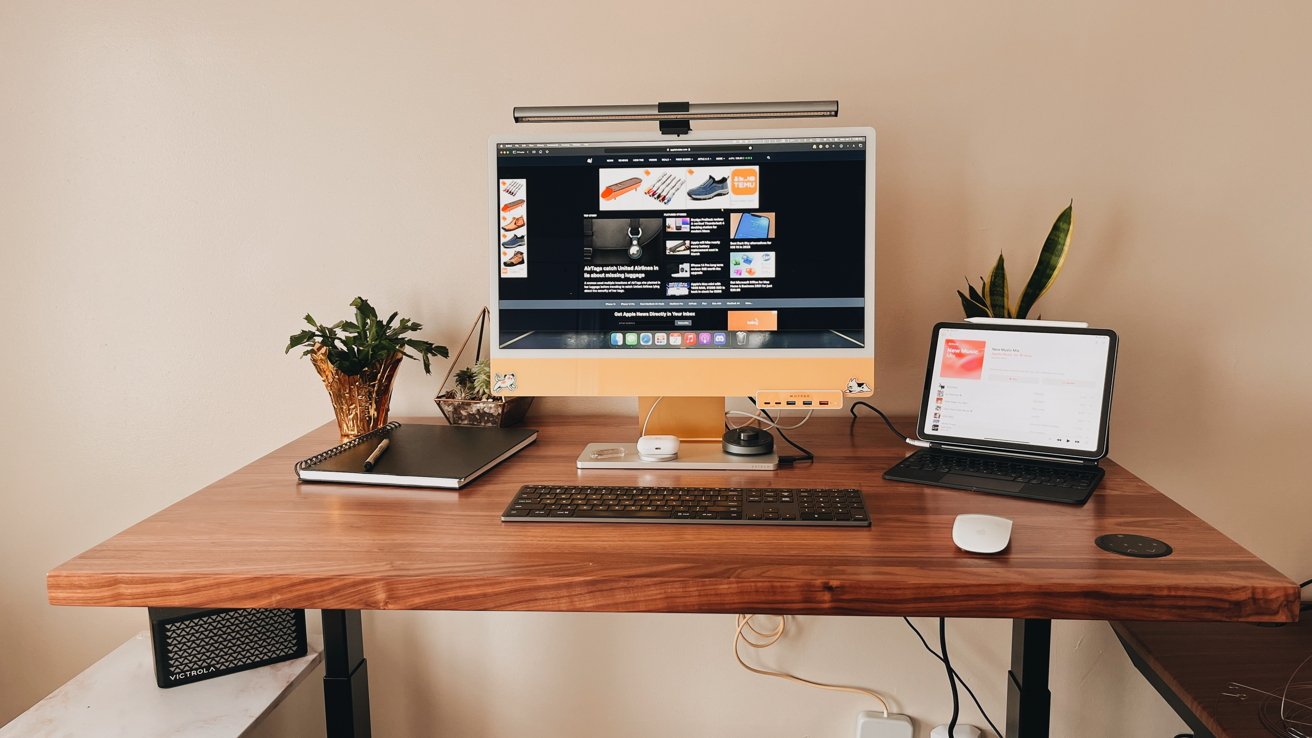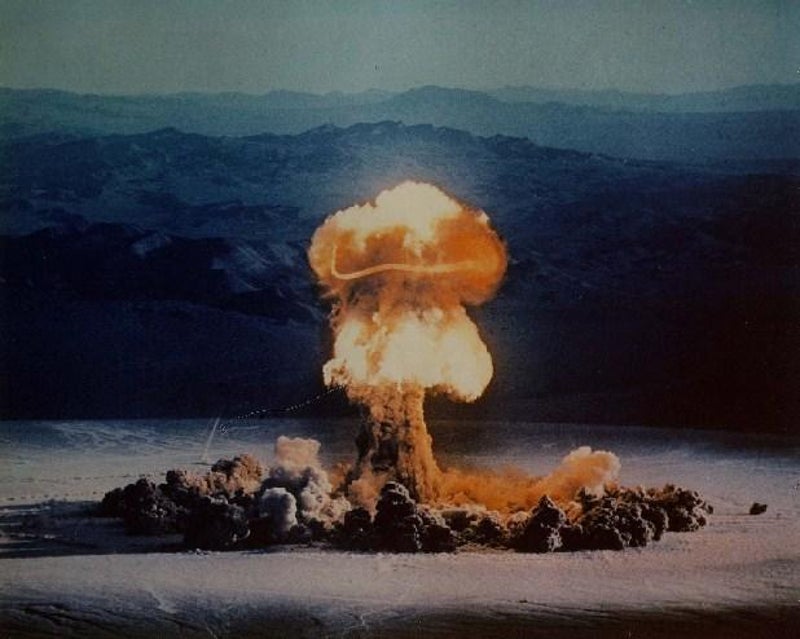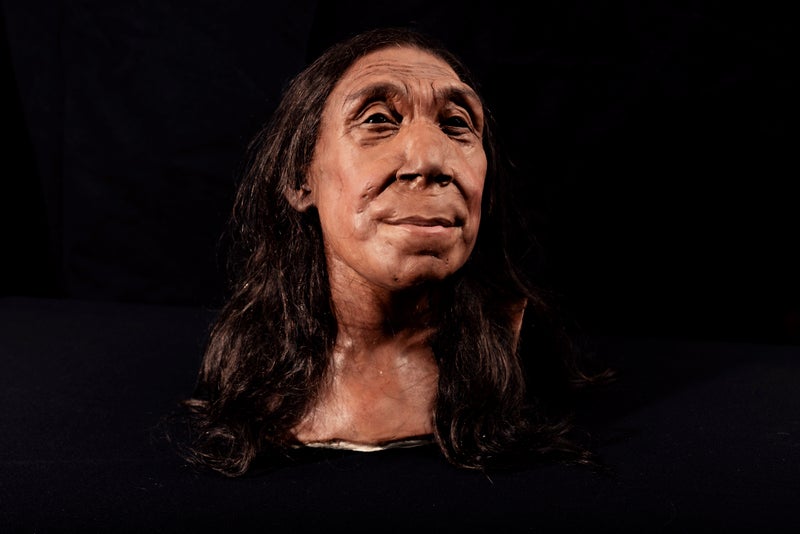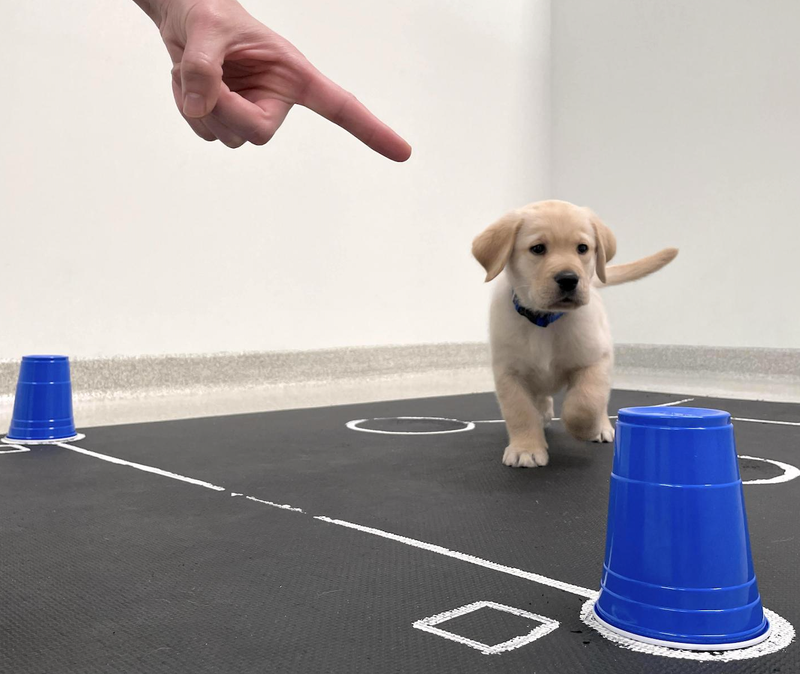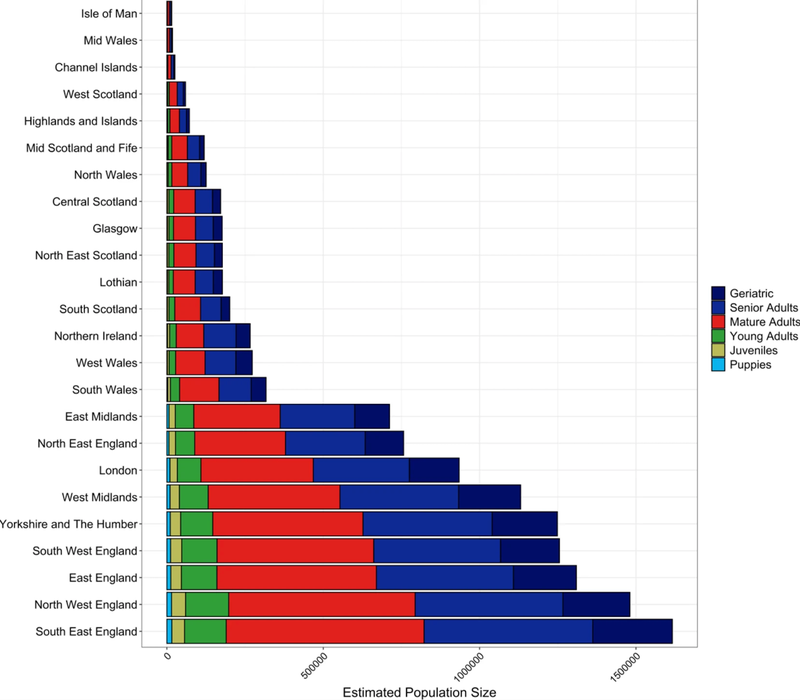The restoration and curation efforts come as the Palace Museum marks its 100th anniversary and prepares to open a new Beijing branch later this year in a state-of-the-art venue that could double or even triple the number of pieces on display.
In the early 1930s, before Japanese forces swept across China, Palace Museum authorities packed up many pieces - including imperial thrones - and moved them out of Beijing to other cities.
The Palace Museum was established in 1925 by the then ruling Republic of China government, after the last emperor of China, Pu Yi, and his household were evicted.
The painstaking work to restore ornate treasures amassed by Chinese emperors in centuries past has accelerated in the past decade amid President Xi Jinping's push to preserve China's heritage and project its cultural power on the global stage.
As Chiang and his Nationalist Party fled to Taiwan, they took with them thousands of crates of relics that later came under the care of Taiwan's version of the Palace Museum.

